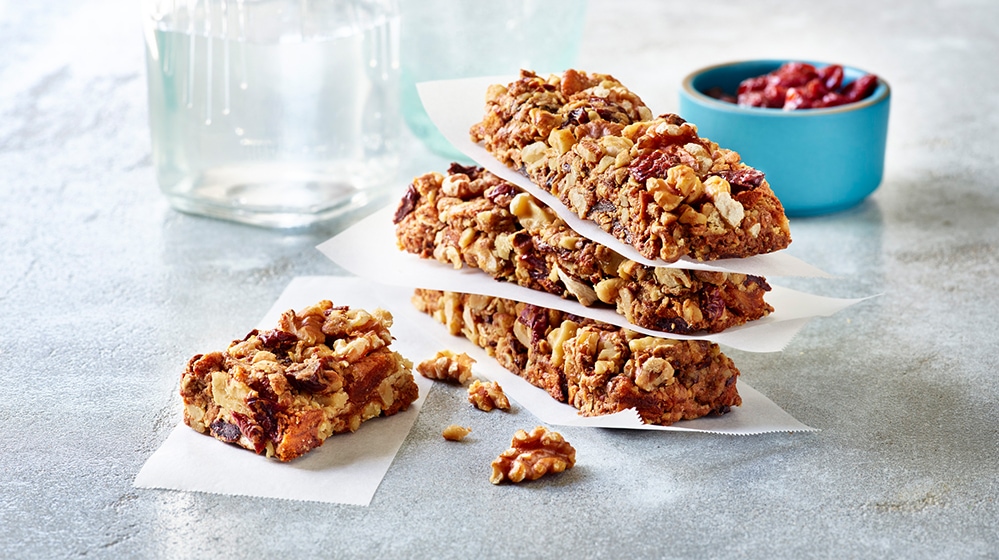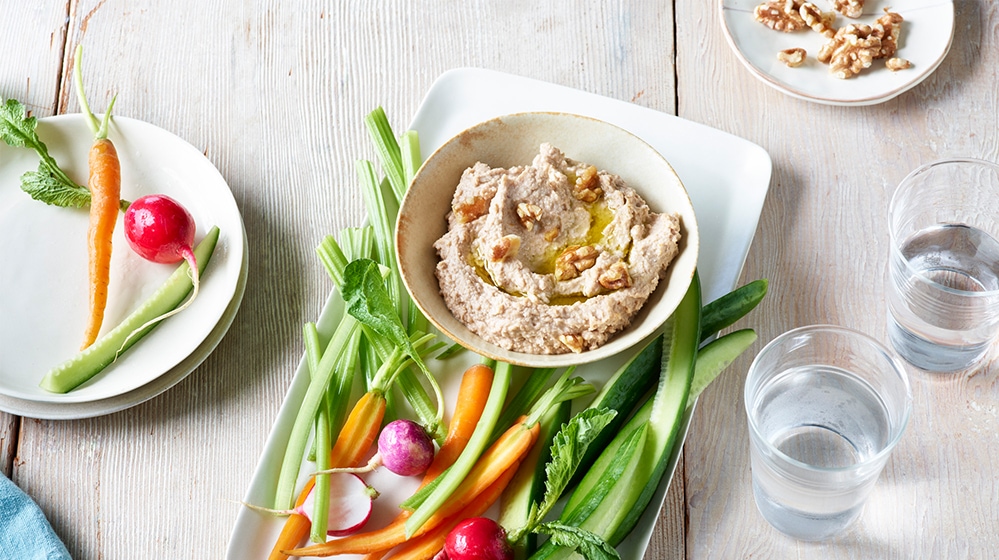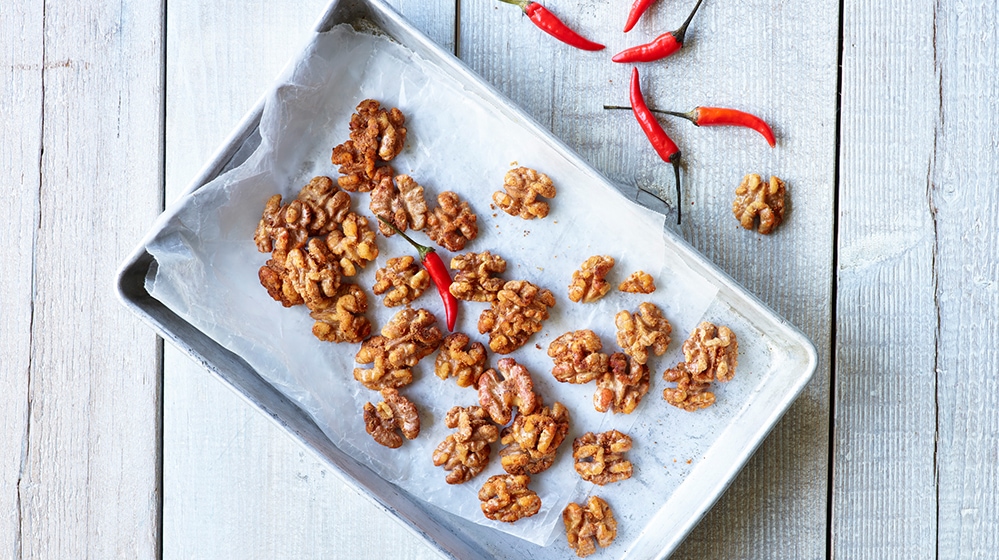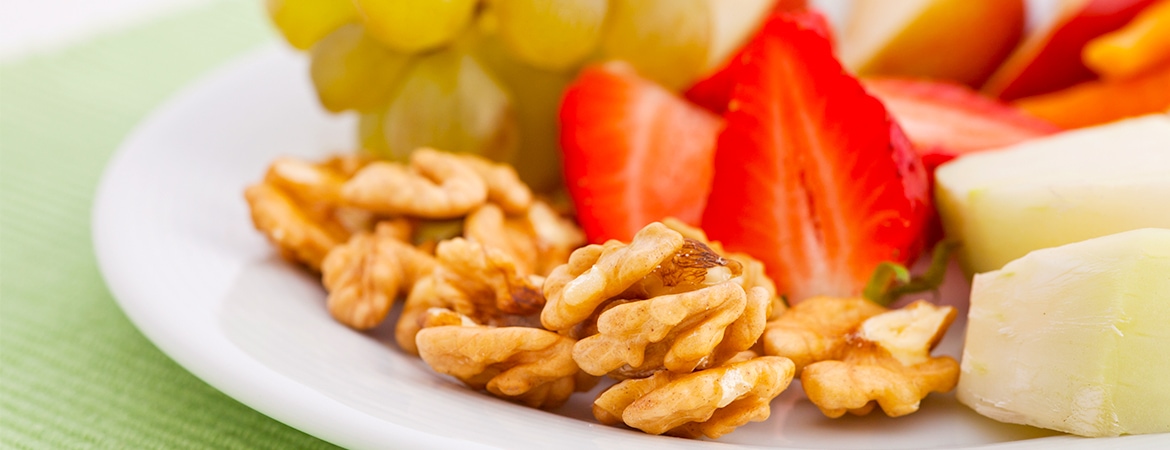That’s right, fresh snacking is on the rise! It’s the new normal and here to stay. In fact, 50% of all eating occasions are now snacks. A December Mintel report states that 94% of adults snack daily, which raises the question, what are those other 6% up to? Interestingly, the report goes on to say that ‘conventional snacking’ actually declined 2% annually over the last three years, while ‘health and wellness’ snacking grew 6% annually, driven by ‘fresh snacking’, which was up 8%. You only have to go into your average convenience store to see the evidence of this trend taking place. Sure, they still sell plenty of Twinkies, but those chemical marvels are now sharing the shelves with protein bars, trail mix and even fresh fruit. And oh, yes… nuts too.
While consumers want snacks with clean labels and whole-food ingredients, they aren’t willing to give up convenience or portability. The healthy snacks picking up the lion’s share of this growth deliver on these attributes. They also match up with two overall food trends in meals. These are, the belief (by 50% of US consumers) that they need more protein in their diet, and the desire for more plant-based foods. In fact, plant-based protein indicates to consumers their snack is ‘clean’ and delivers nutritional benefits.



This focus on fresh snacks has given the brick and mortar supermarkets a new growth area, not well served by online channels due to shipping and cold-supply challenges. And it’s reshaping supermarkets. Refrigerated and frozen cases are being added to center store aisles. New sections are being added to the perimeter in response to consumer data showing that’s where they shop for new foods and impulse items.
The December issue of Bakery and Snacks predicts 2019 will see the introduction of snacks which tout gut health and include prebiotics, probiotics and fiber. They go on to say the consumer’s desire for plant-based snacks will be met by innovative new products using nuts, seeds, beans, lentils and algae in snack bars, chips, as well as dairy-free cheeses and yogurts. They conclude, “Consumers will increasingly seek out minimally processed foods made from clean label ingredients that contain bioactive compounds”.
Mintel reports that 50% of US consumers say the top reason they snack is to treat themselves. However, a May 2018 report from Nutritional Outlook states that over 60% of snack, nut, and seed product launches in 2017 in the US used a health claim, with 16% making a vegan claim. Perhaps snacking has become so prevalent in part because it sits at this intersection between healthy and enjoyable.
Given the massive growth in healthy snacking, it is not surprising that two different consumer studies1 conducted for the California Walnut Board showed snacking as the top use of walnuts by consumers. This is despite the fact that walnuts aren’t the most prevalent nut in the snack section! With no signs of slowing in the snack category, and walnuts beginning to get distribution in the snack aisle, we can expect the number of consumers snacking on walnuts to grow in coming years.
1August 2018 Consumer Segmentation Study & May 2017 Consumer Attitude & Usage Study

